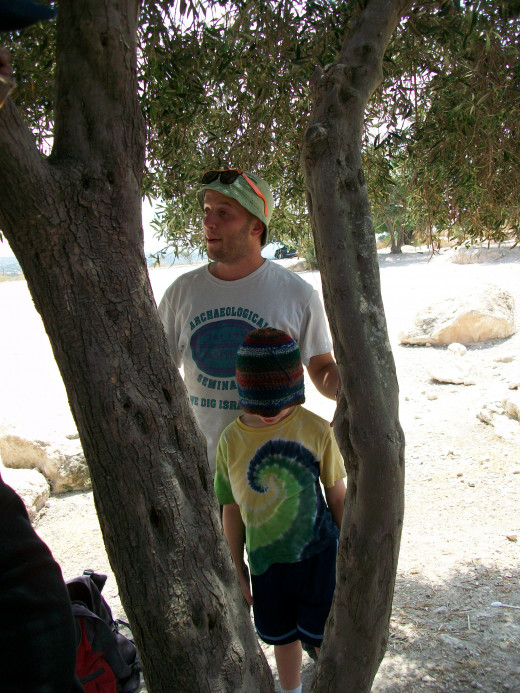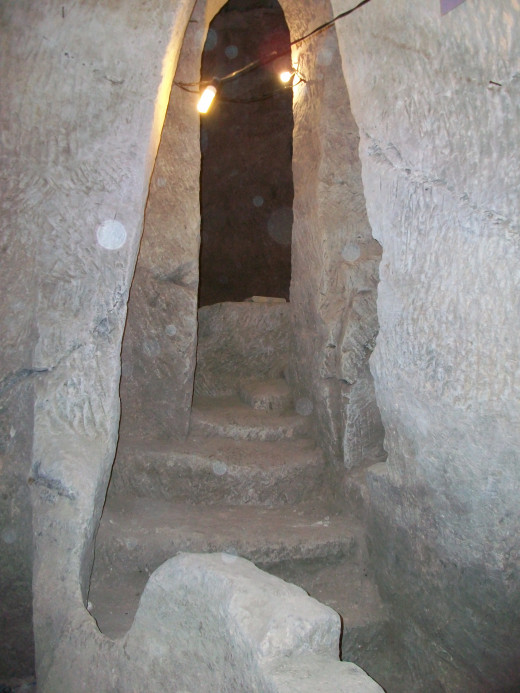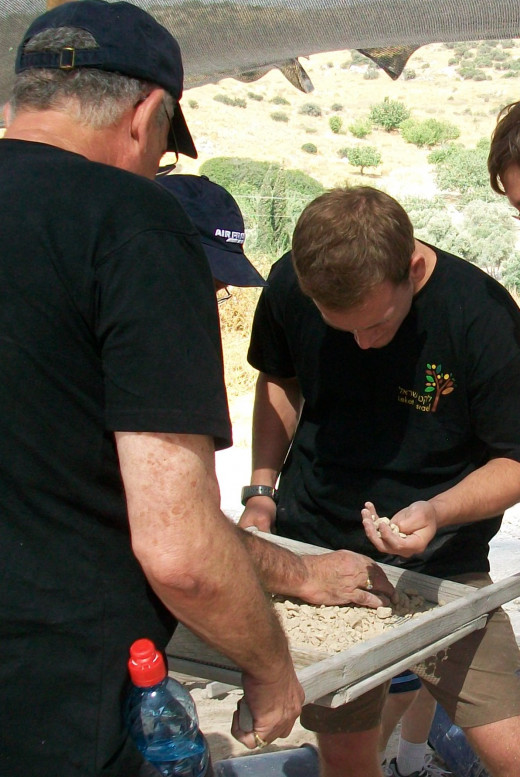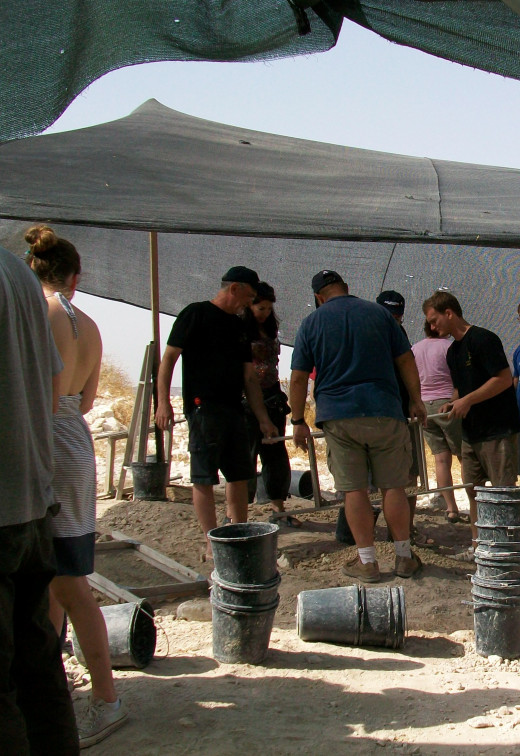- HubPages»
- Travel and Places»
- Visiting Asia»
- Middle East
Beit Guvrin-Maresha National Park in Israel
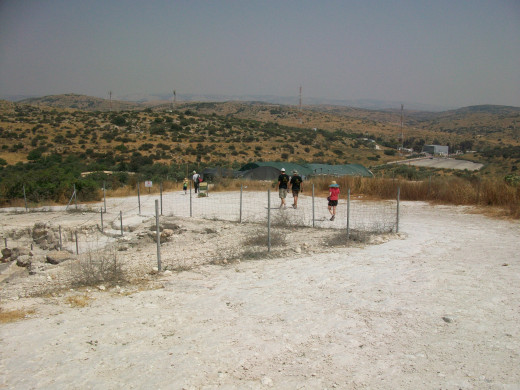
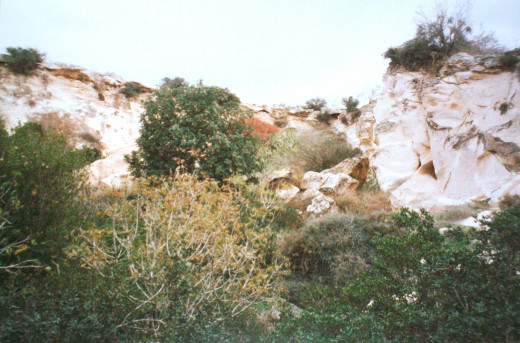
Beit Guvrin-Maresha National Park is centrally located near Kiryat Gat in Israel, about an hour southwest of Jerusalem. Its 1,250 acres include multiple ancient archaeological sites and beautiful scenery. Expect to spend half a day here exploring caves and learning about history, for the equivalent of less than seven dollars per adult. You can go on your own or hire a tour guide, but whichever way you choose to see it, here are some things not to miss.
History of Maresha and Bet Guvrin
Maresha's history as a Jewish city dates back to First Temple times (pre-6th century BCE), and it is mentioned in the Bible in the Book of Joshua and the Books of Chronicles. In 587 BCE, the Babylonian king Nebuchadnezzar destroyed the First Temple and exiled Jews throughout Judaea to Babylon. The Edomites took advantage of the vacuum in Maresha, and for the next 500 years or so it was a prominent Idumaean city.
The residents of Maresha were forcibly converted to Judaism by the Hasmonean leader John Hyrcanus after the Maccabees' successful rebellion in the 2nd century BCE. Many abandoned the city at this point. Soon the Romans entered the picture and used Maresha as a bargaining chip several times, until it was ultimately destroyed in 40 BCE.
Not long thereafter, the Roman city of Eleutheropolis was founded at Bet Guvrin, not far from the ruins of Maresha. It became an important city, located on several major travel routes, and it merited two aqueducts and its own amphitheater. The city thrived until an earthquake in the 4th century CE. After that, other groups left their marks as well, including Byzantine Christians, Arabs, and Crusaders.
The Bell Caves Have Beautiful Acoustics
Bell Caves
The Bell Caves are a series of manmade caves, some very large, made of limestone. The original excavations were from the top, when someone would dig through a hard layer of earth called nari. Beneath the narrow layer (less than six feet) of nari was chalk, which was then quarried for building material. These quarries came to form bell shapes as chalk was cut away in a wider space than the original shaft through the nari. Many of the caves are connected by underground passageways. Evidence in the form of Arabic inscriptions suggests the bell caves date to the Early Arab period (600–900 CE). Today the largest of these caves is used as a hall for special events such as weddings and concerts.
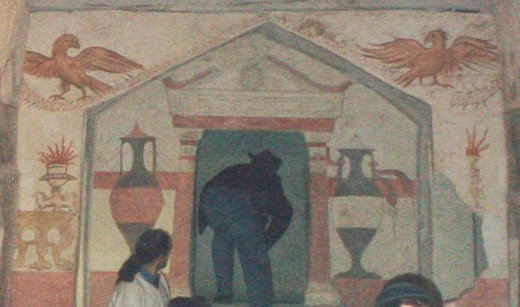
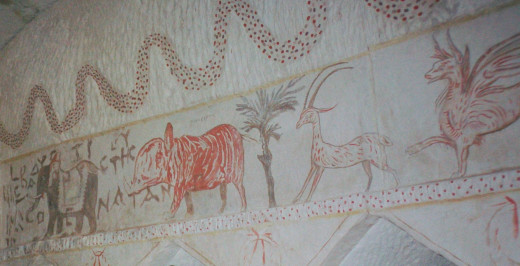
Sidonian Tombs
The Sidonian tombs at Beit Guvrin National Park are a series of burial caves, the largest of which is elaborately painted. An inscription proclaims the cave the family tomb of Apollophanes, who was the leader of the Sidonian community at Maresha for 33 years. (Sidonians hailed from the Phoenician city of Sidon in current-day Lebanon.)
You enter the largest burial cave through a small opening in a tremendous bush (no word on when it was planted, but it must have hidden the entrance quite well). Inside there are a series of large niches (called loculi) on either side where bodies of family members would have been laid out. At the far end there are steps up to a larger, more elaborate opening, where the patriarch of the group, Apollophanes, would have been laid to rest. There is Greek writing among the wall paintings, and the walls between the niches are painted to resemble Greek architectural elements. The frieze of animals painted around the cave shows influence from Hellenistic Alexandria; several animals represented, such as the rhinoceros, were not native to the area.




Dig for a Day with Archaeological Seminars
This is hands-down the best way to get kids excited about history. The guides give a brief overview of history in the area (ours used our kids as props to help tell the story) and then lead you into a cave where there are active archaeological digs going on. For a little while, you get to play archaeologist yourself, digging through dirt in a cool, well-lit cave to find pieces of pottery (some quite large), bones and other food scraps, and occasionally even inscriptions and jewelry. After you're done digging, you'll sift through the dirt you excavated to make sure you didn't miss anything important, like small pieces of unfired clay or olive pits.
After your dig is over, you can play explorer and climb through an unexcavated cave. Get ready for mysterious dark, narrow passageways; you may even have to crawl! At a short wrap-up lecture, your guide will show you some exciting finds from the site where you were digging, and allow you to take a small souvenir: your own potsherds that have already been examined by the archaeologists to make sure they're not important. Hey — they may not be national treasures, but how cool is it to take home a 2000-year-old piece of history?
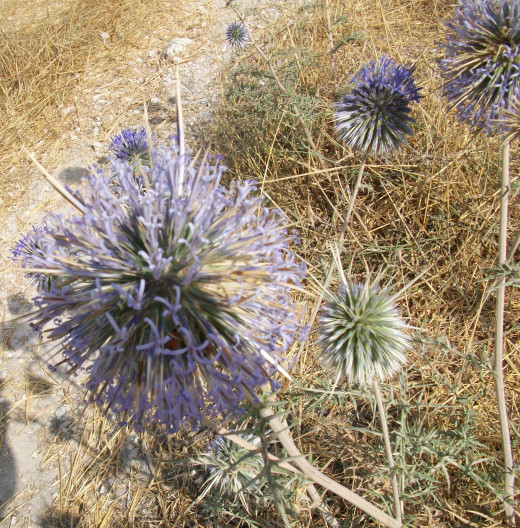
Other Things to See at Bet Guvrin-Maresha National Park
Don't miss the Roman amphitheater, built in the 2nd century CE to host gladiatorial games. It is the best-preserved example in Israel. Other sites scattered around the park are caves dating back to the Hellenistic period built as columbaria (dovecotes) for raising pigeons and multiple large-scale olive oil presses (also in caves).
If you go in the spring, you can also see gorgeous wildflowers covering the rolling hills of the site.
The park is very large, so you may want to drive between scenic points.

